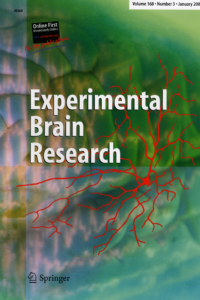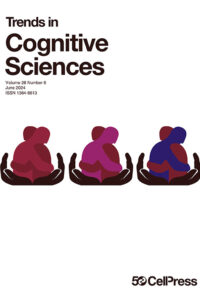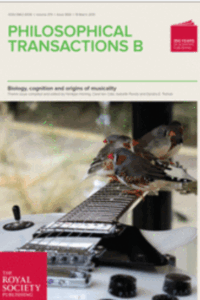The heterogeneity of behavioral manifestation of autism spectrum disorders (ASDs) requires a model which incorporates understanding of dynamic differences in neural processing between ASD and typically developing (TD) populations. We use network approach to characterization of spatiotemporal dynamics of EEG data in TD and ASD youths. EEG recorded during both wakeful rest (resting state) and a social–visual task was analyzed using cross-correlation analysis of the 32-channel time series to produce weighted, undirected graphs corresponding to functional brain networks. The stability of these networks was assessed by novel use of the L1-norm for matrix entries (edit distance). There were a significantly larger number of stable networks observed in the resting condition compared to the task condition in both populations. In resting state, stable networks persisted for a significantly longer time in children with ASD than in TD children; networks in ASD children also had larger diameter, indicative of long-range connectivity. The resulting analysis combines key features of microstate and network analyses of EEG.
Altered Brain Network Dynamics in Youths with Autism Spectrum Disorder




